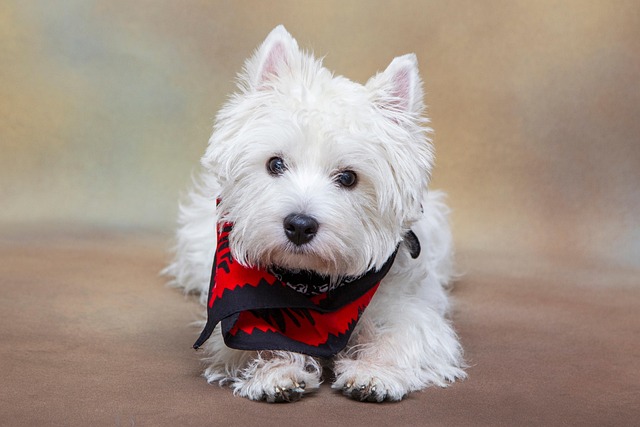That first bath or nail trim can feel like wrestling an alligator, right? If your pup trembles, hides, or nips during grooming, you're not alone. Many dogs find the sights, sounds, and sensations overwhelming. The good news? With patience and science-backed positive association techniques, you can transform grooming from a battle into bonding time.
It’s about rewiring their brain through positive experiences – think Pavlov’s dogs, but with brushes and chicken bits instead of bells. Forcing them creates fear; gentle exposure builds trust. This aligns with modern animal welfare standards across the EU and US, where coercion-based methods are increasingly frowned upon and even restricted by professional bodies like the APDT.
Start slow, literally at square one. Before touching tools, practice gentle handling. Sit calmly with your dog in a quiet spot – maybe that sunny corner of your Brooklyn studio apartment. Offer high-value treats (boiled chicken works wonders) while briefly touching their paws, ears, and muzzle. Keep sessions under 3 minutes, ending while they’re still relaxed. This builds positive neural pathways.
Next, introduce tools without using them. Let them sniff the brush while giving treats. Turn the nail clippers on briefly across the room during dinnertime. For apartment dwellers managing space and noise, this low-stress desensitization approach prevents barking that might annoy neighbors – part of responsible urban pet ownership etiquette.

Now, make tool contact. Lightly brush one shoulder stroke, then immediately reward. Clip one nail tip (or just pretend with the clippers near the nail), then party with praise and treats! If they panic, backtrack to the previous step. Always prioritize short, positive sessions over completing a task.
Never punish resistance – yelling or restraining reinforces fear, violating core ethical training principles promoted by groups like the RSPCA and Humane Society. Instead, use breaks. Struggling during an ear clean? Stop, offer a lick mat smeared with peanut butter, and try again later. Consistency matters more than speed.
Connect grooming to community compliance. Regular handling makes checking for ticks or burrs easier during hikes – crucial in Lyme-dense areas like New England forests. Calm nail trims prevent painful overgrowth that could lead to uneven gait on city sidewalks. Crucially, legal grooming compliance in the US starts before the groomer’s door: ensure rabies vaccines are current (mandatory in all states) and carry biodegradable waste bags. Failing to scoop in places like Seattle’s Discovery Park isn’t just rude; it risks $125 fines. By linking grooming prep to broader responsibility, you build a safer, happier life together.






